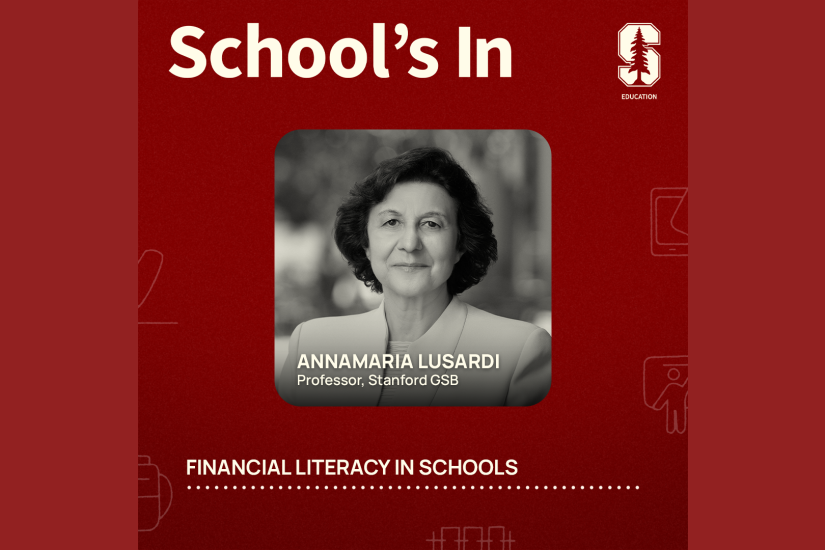
The reading wars, explained
When it comes to teaching kids to read, what’s more effective: putting together vocabulary lists or immersing them in a world of language?
“You would think that for something like reading, which has been studied for a very long time, we would have the answers,” said Rebecca Silverman, an associate professor at Stanford Graduate School of Education, who studies literacy and reading development among pre-K and elementary school children. “But there’s a lot of disagreement about it.”
On this episode of “School’s In,” Silverman joins GSE Dean Dan Schwartz and Senior Lecturer Denise Pope to talk about the so-called “reading wars”— different camps of opinion regarding the best way to teach kids how to read.
Many debates around reading hinge on a larger controversy, Silverman said: How do we define literacy? “Is it being able read words on a page? Is it being able to comprehend what we’re reading? Is it being able to use it socially for important functions in life?”
Various perspectives on literacy lead to different instructional practices, said Silverman, who explores these questions and shares advice for parents in this episode.
You can listen to “School’s In” on SiriusXM Insight channel 121, Apple Podcasts, Google Podcasts, Spotify, Stitcher and Soundcloud.
Faculty mentioned in this article: Rebecca Silverman



